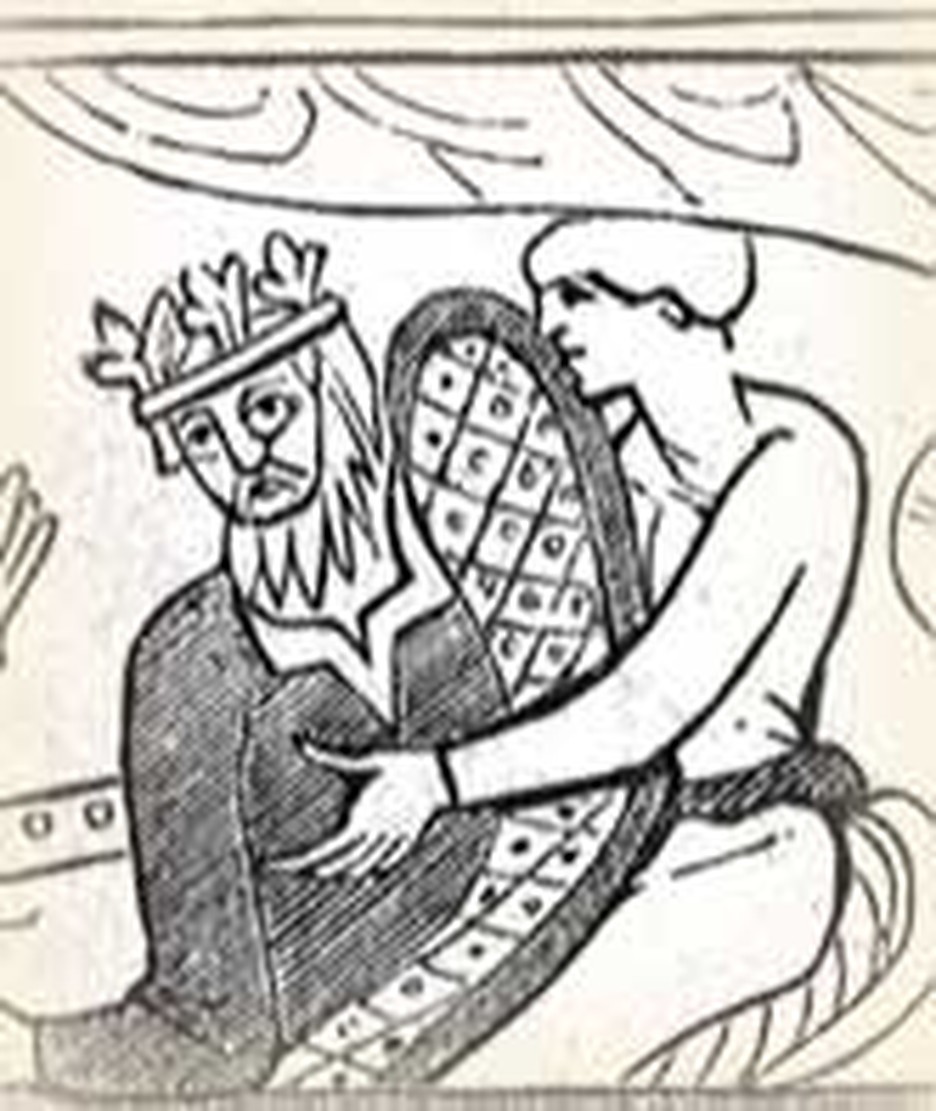
Westminster Abbey is the religious center for Britain's royalty. From William the Conqueror to Elizabeth II, all but one of Britain's kings and queens was crowned there. Westminster savors of history. It was founded by the last of the Saxon kings.
Even in Legend, the abbey has been important. Sir Thomas Mallory placed Guenivere and Arthur at the abbey in one of his tales of the Round Table. Old tales say King Ebert of the East Saxons built a church there in the seventh century and that Mellitus the first bishop of London oversaw it, but the evidence for this is weak.
Our historical knowledge firms up in the time of the tenth-century St. Dunstan, who founded (or took over) a monastery on the isle. A century later, Edward the Confessor, last of the Saxon kings to hold the English throne, constructed a great church on the spot. The story is a curious one.
Son of King Ethelred the Unready, Edward spent his youth in exile in Normandy, owing to struggles between the Danes and Saxons for the English throne. Edward is said to have vowed to make a pilgrimage to Rome if restored to his native land and its throne. When the restoration came about in 1041, through the help of Godwin, Earl of Kent, he realized the impracticality of his vow and asked the pope to absolve him of it. Leo IX released him on condition he build an abbey in honor of St. Peter. Edward selected the isle of Thanet as the spot and built himself a palace nearby so that he could watch the work in progress.
The choir and transepts of Edward's famous chapel were dedicated on this day, December 28, 1065. Edward could not attend the ceremony. Desperately ill, he died nine days later. A century after the dedication of Westminster Abbey, Edward was canonized (for political reasons) and his remains translated to the church.
Edward left the English succession in doubt. Harold, son of Godwin, claimed that Edward made the nation over to him on his deathbed. But William, Duke of Normandy, said Edward had left the kingdom to him in his will. William won the contest by conquest.
On Christmas Day, 1066, William was crowned in the chapel that Edward built. Shouts of acclamation rang out, and soldiers, posted outside, thought their Duke was in danger. As a diversion, they set fire to neighboring buildings. The ceremony was hurriedly completed and the audience rushed outside.
Present day Westminster abbey is not the same building that Edward erected. Henry III tore that down and rebuilt it. Edward's remains were placed in this new building. The famous of England have been interred there ever since.
Bibliography:
- Alston, G. Cyprian. "Westminster Abbey." The Catholic Encyclopedia. New York: Robert Appleton, 1914.
- Cocke, Thomas. 900 Years; the restorations of Westminster Abbey. With contributions by Donald Buttress; foreword by The Prince Philip, Duke of Edinburgh. London: Published for The Dean & Chapter of Westminster by Harvey Miller Publishers, 1995.
- Craik, George L. Pictorial History of England; being a history of the people, as well as a history of the kingdom. New York, Harper & Brothers, 1846-1848. Source of the image.
- Mason, Emma. Westminster Abbey and its people, c.1050-c.1216. Rochester, NY: Boydell Press, 1996.
- "Westminster Abbey." The Oxford Dictionary of the Christian Church. Edited by F. L. Cross and E. A. Livingstone. Oxford, 1997.
- Various encyclopedia articles on Edward the Confessor and Westminster Abbey; internet articles, such as the official website of the abbey. https://www.westminster-abbey.org/
Last updated May, 2007.


.jpg)